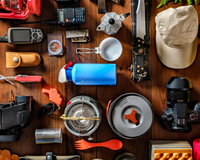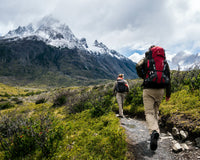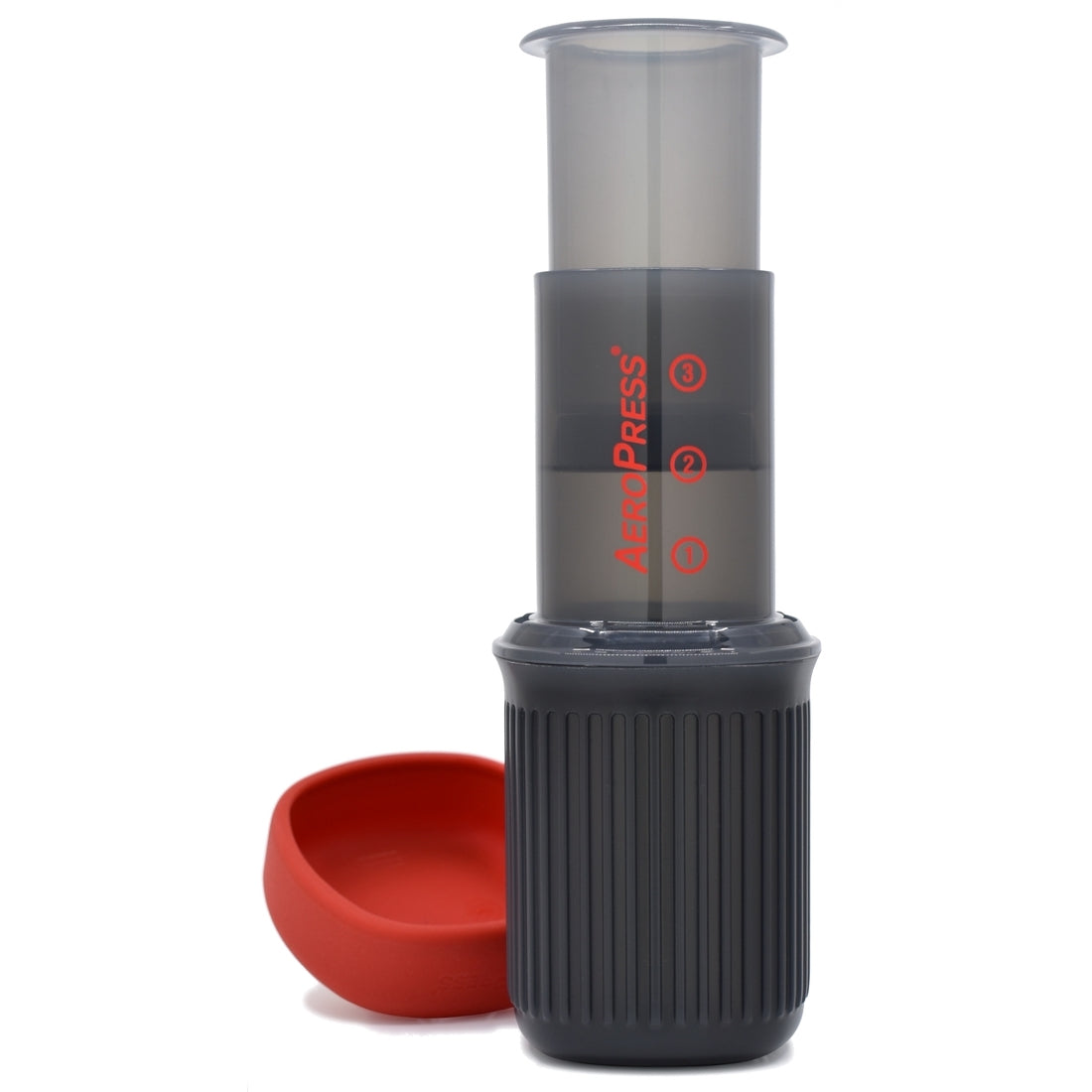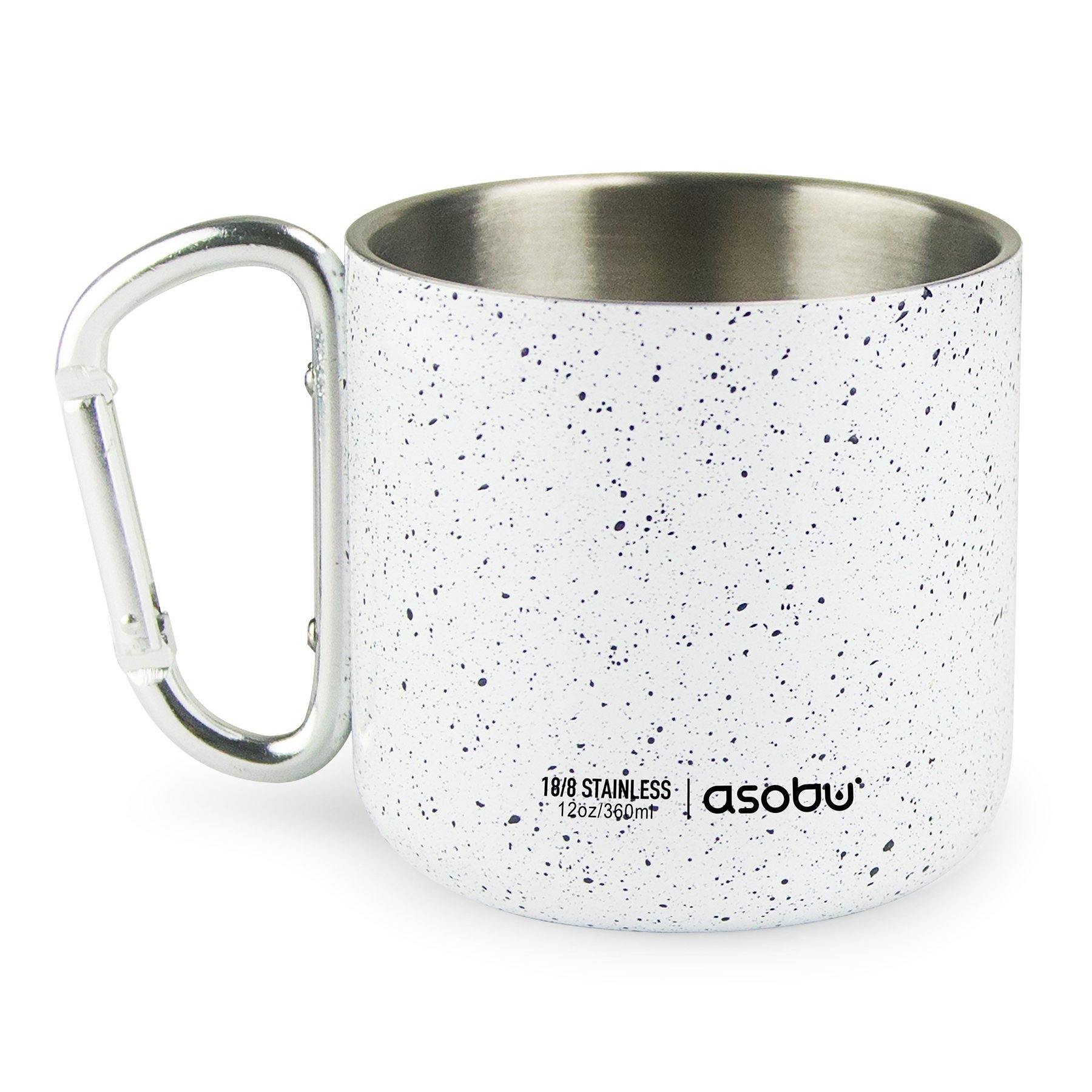It's important to bring the essentials when you head out on your hiking or backpacking trip. It will be important to consider the duration and the conditions of your location as well as you decide what to pack with you. Hot weather hiking will have a very different packing list from an icy, snow-covered climate. This may be obvious but you will want to assume that you could get stuck and have to stay at least overnight, even when you are only planning a day hike. This article is by no means an exhaustive list of what you may want to bring with you on your hike or backpacking trip. This is a good standard list to start from as you prepare for your trip out. Often coined as the "10 Essentials" be sure to back this minimal list of survival gear.
The 10 Essentials:
1. Water: Water is obviously critical to your inventory, but all too many times it is easy to underestimate the amount of of water you will need to pack with you while traveling in remote areas. In the hottest conditions you may require over a gallon of water in a day. It is recommended to consider bringing a water filtration system with you on your hikes. Water purification tablets are a good solution however the taste is never ideal. Be aware of possible water toxicity in any and all bodies of water. It is very easy to get extremely sick or face mortality If you choose to drink from a contaminated water source. It it always advisable to boil any water before consuming.
2.Navigation: At the bare minimum a map and a compass are a must have for any backcountry exploration. Do not rely on smartphones or smartwatches for navigation. You will learn very quickly that once you stray too far from a cell tower your GOS may cut out and become reliable. Your battery on your portable electronic device also has limitations. There are many GBS or PLB devices on the market that are more and more affordable as the technology becomes easier to reproduce.
3.Headlamp: Light is obviously important when backpacking even in the case where you don’t plan to camp overnight. The reality is You never know if you may get stuck, or stranded outdoors and have no choice but survive overnight in the wilderness. To be prepared for emergency preparedness be sure to read : 12 Tips For Hiking Preparedness - A Cautionary Tale . Extra batteries are also important to pack with you in case the batteries run out of juice. There are many emergency lights that are solar powered or can be manually charged in the event that the batteries run out of power. Make sure not to forget your headlamp when you head out for the trails.
4. Sun Protection: Make sure to bring Sun protection, especially when you are traveling to higher elevations, it is easy to under estimate the exaggerated exposure to the sun and the extensive damage it can do to your skin. Lather up the sun screen. Something you may know but I recently learned is that SPF50 is not necessarily the strength of protection but the amount of time until you need to reapply the sunscreen. SPF50 indicates you must reapply sunscreen every 50 minutes. Sun protective clothing also comes highly recommended.
5. First Aid: Bringing a First Aid Kit is very important, especially in the event of any injuries that are highly possible on your trek. Pay close attention to the rating of the First Aid Kit that you choose. Depending on how many days you will be out, and the number of people you are supporting, with the kit, You would eat to choose a kit according to those factors. This being said, any first aid kit is better than none. Remember to keep it stocked with refill packs if you do take any bandages or anything else for that matter to make sure you are prepared for next time you may need First Aid.
6. Knife: A good Knife is critical to bring with you in your survival pack. A knife is a highly versatile tool and the sky is the limit for how you will be able to utilize a knife in the wilderness. I would recommend making sure your knife is nice a sharp before you leave. A dull knife is undoubtedly useless and will leave you unable to cut branches, slice rope, ect.
7. Fire: Be sure To bring equipment to be able to start a fire. Many with choose a disposable butane lighter to start a fire, however it is recommended to bring flint + Steel on the basis is that you will still be able to spark a fire in the event that you run out of lighter fluid. Matches will also work just fine as long as the matches are stored in a water proof case.
8. Shelter: Once Again, Even if you don’t plan on having to spend the night in the wilderness you must always pack with that possibility in you mind. Emergency shelter is critical component of survival and you should always throw in an emergency bivy/Shelter they are typically inexpensive and lightweight and may save your life in an emergency or if you get stranded.
9. Extra Food: Extra food Is paramount to survival in the event of being stranded in the wilderness. It is also easy to underestimate how much food you will need. This may be default to estimate for beginning hikers because you burn an unprecedented amount of calories when hiking that all need to be replaced. It is recommended to study or bring along a reference for edible plants the grow in the area that you are exploring. Being able to survive off of what grows in the wilderness is a priceless skill and could sustain you in the event your food supply is eliminated.
10. Extra Clothes: If your clothes get wet or soiled you will be glad to have spare clothes. If your feet get wet during the winter or other parts of your body for that matter, you run the risk of hypothermia. If left untreated it can cause your heart to slow down so much that you may die. Do not run the risk of your life. Expect inclement weather, and plan your clothing accordingly.









